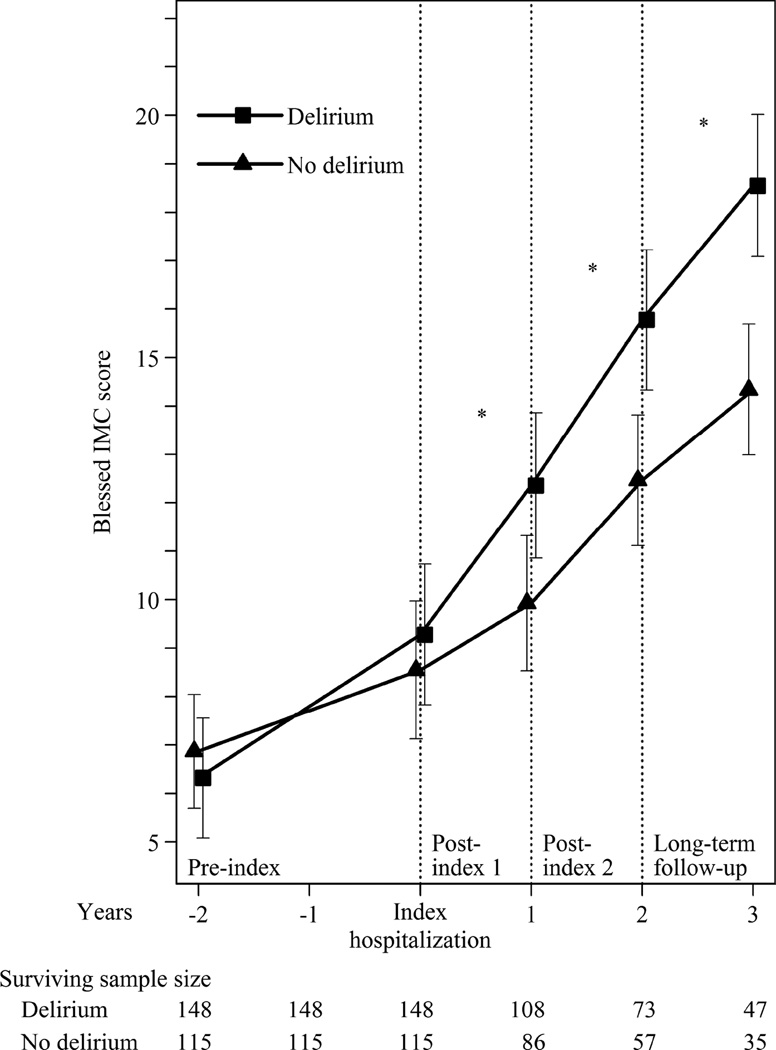Figure 1. Estimated Trajectory of Cognitive Function with and without Delirium (N=263).
Model-fitted trajectory of cognitive performance with 95% confidence intervals at discrete time points from a random effects regression model of Blessed IMC score during MADRC follow-up. The model is adjusted for age, sex, education, number of comorbidities, duration of AD symptoms, family history of AD, and dementia severity. Missing covariate data were multiply imputed using Bayesian imputation methods with 25 datasets. The timescale depicted includes the middle 80% of study visits nearest the index hospitalization (although statistical models used data up to 5 years before and 5 years after the index hospitalization). The surviving sample size is the number of patients who survived up to each year.
IMC: Blessed Information-Memory-Concentration test; AD: Alzheimer’s disease

